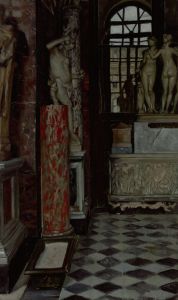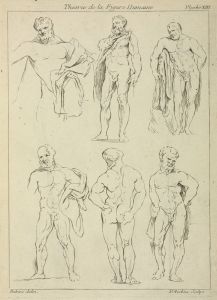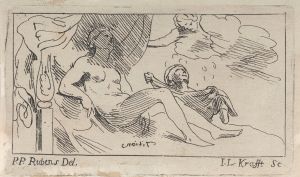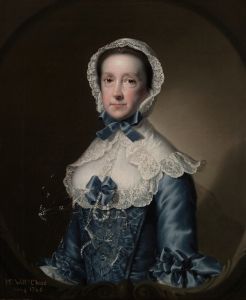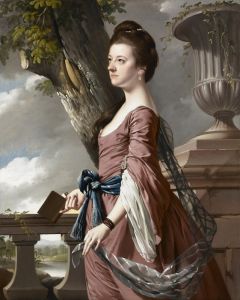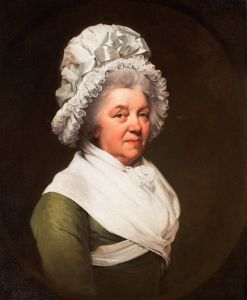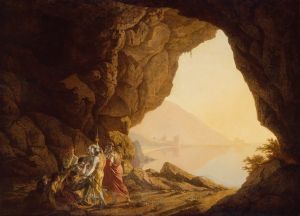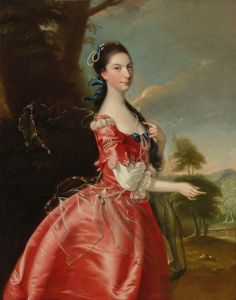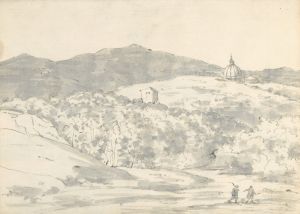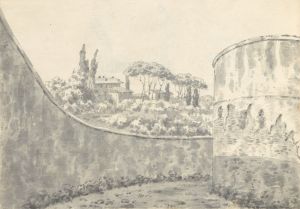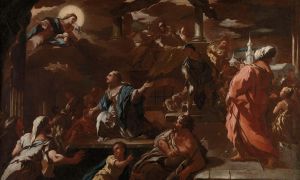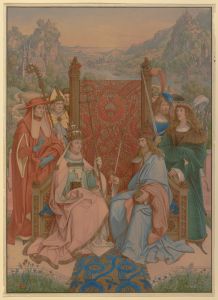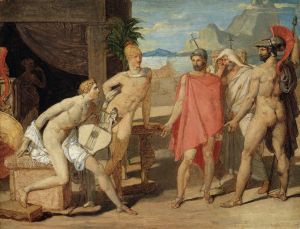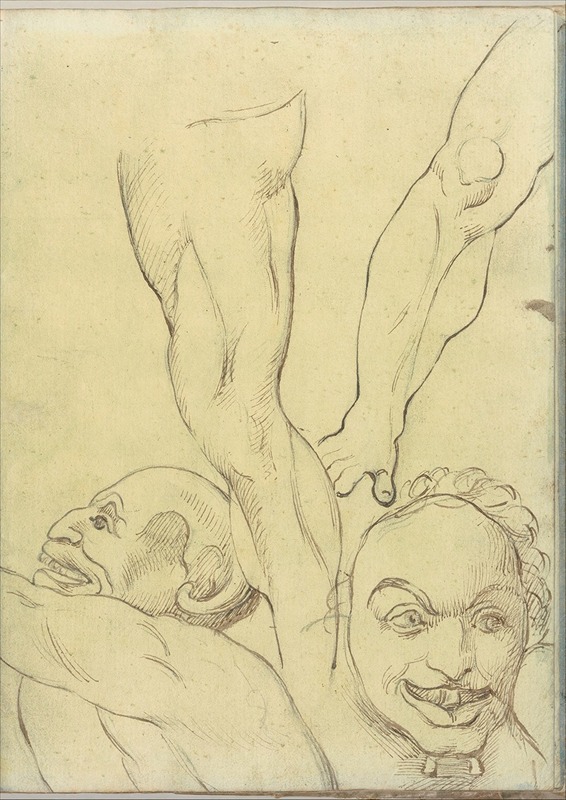
Two Demons and Two Legs, probably after Michelangelo
A hand-painted replica of Joseph Wright of Derby’s masterpiece Two Demons and Two Legs, probably after Michelangelo, meticulously crafted by professional artists to capture the true essence of the original. Each piece is created with museum-quality canvas and rare mineral pigments, carefully painted by experienced artists with delicate brushstrokes and rich, layered colors to perfectly recreate the texture of the original artwork. Unlike machine-printed reproductions, this hand-painted version brings the painting to life, infused with the artist’s emotions and skill in every stroke. Whether for personal collection or home decoration, it instantly elevates the artistic atmosphere of any space.
Joseph Wright of Derby, an English painter renowned for his depictions of the Industrial Revolution and his use of chiaroscuro, created a work titled "Two Demons and Two Legs, probably after Michelangelo." This painting is an intriguing piece that reflects Wright's engagement with classical themes and his admiration for the masters of the Renaissance, particularly Michelangelo.
Joseph Wright was born in 1734 in Derby, England, and became one of the most prominent artists of the 18th century. He is often associated with the Enlightenment due to his interest in science and philosophy, which is evident in many of his works. Wright's paintings frequently explore the interplay of light and shadow, a technique known as chiaroscuro, which he used to dramatic effect.
The painting "Two Demons and Two Legs, probably after Michelangelo" suggests a connection to Michelangelo, one of the most influential artists of the Italian Renaissance. Michelangelo was renowned for his mastery of the human form, and his works often depicted figures with dynamic poses and muscular physiques. While specific details about Wright's painting are scarce, the title implies that it may have been inspired by or intended as a study of Michelangelo's style or themes.
Wright's interest in classical art and his travels to Italy likely influenced his work. During his time in Italy, Wright would have had the opportunity to study the works of Michelangelo and other Renaissance masters firsthand. This exposure would have informed his understanding of composition, anatomy, and the dramatic use of light and shadow.
The painting's title, "Two Demons and Two Legs," is enigmatic and invites speculation about its subject matter. The reference to demons could suggest a mythological or allegorical theme, common in both Renaissance and Enlightenment art. However, without more detailed information about the painting's content or context, it is challenging to provide a definitive interpretation.
Joseph Wright's oeuvre includes a variety of subjects, from scientific experiments and industrial scenes to landscapes and portraits. His ability to capture the spirit of the Enlightenment and the transition to the modern age is evident in his work. Although "Two Demons and Two Legs, probably after Michelangelo" may not be as well-documented as some of his other paintings, it nonetheless represents Wright's engagement with the artistic traditions of the past and his skillful adaptation of these influences into his unique style.
In summary, while specific details about "Two Demons and Two Legs, probably after Michelangelo" are limited, the painting reflects Joseph Wright of Derby's interest in classical art and his admiration for Michelangelo. Wright's work is characterized by his use of chiaroscuro and his exploration of Enlightenment themes, making him a significant figure in the history of British art.





